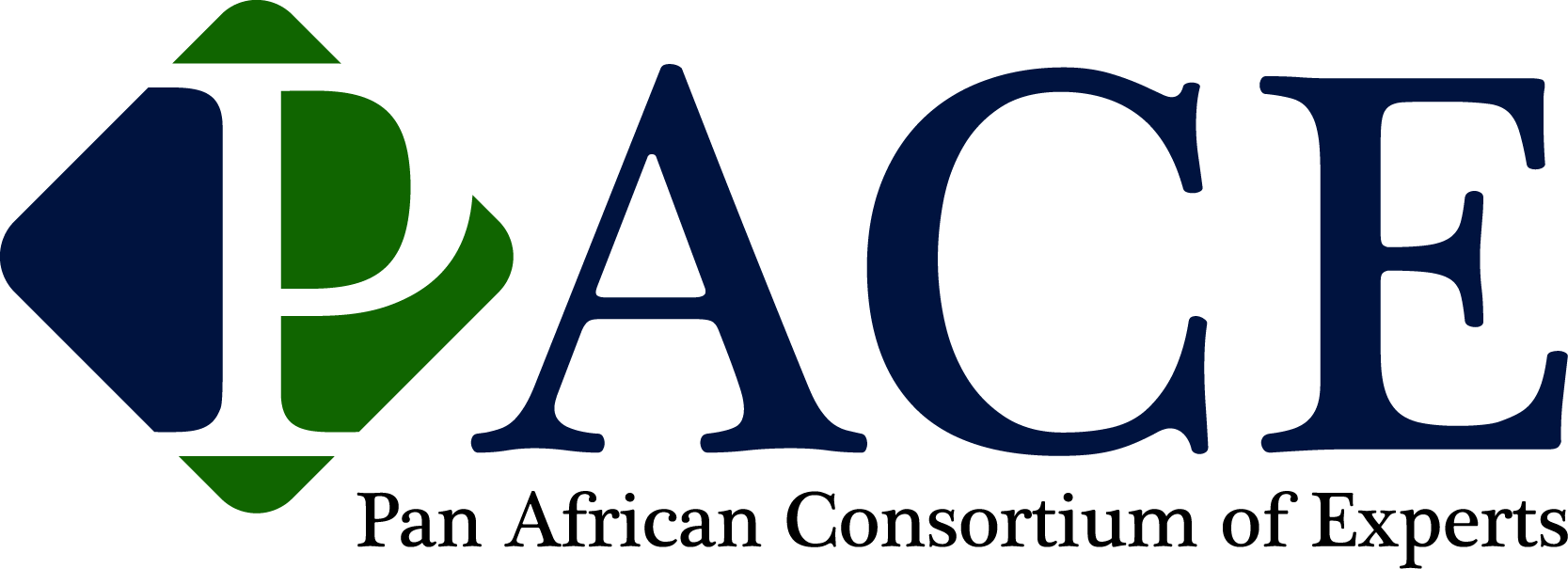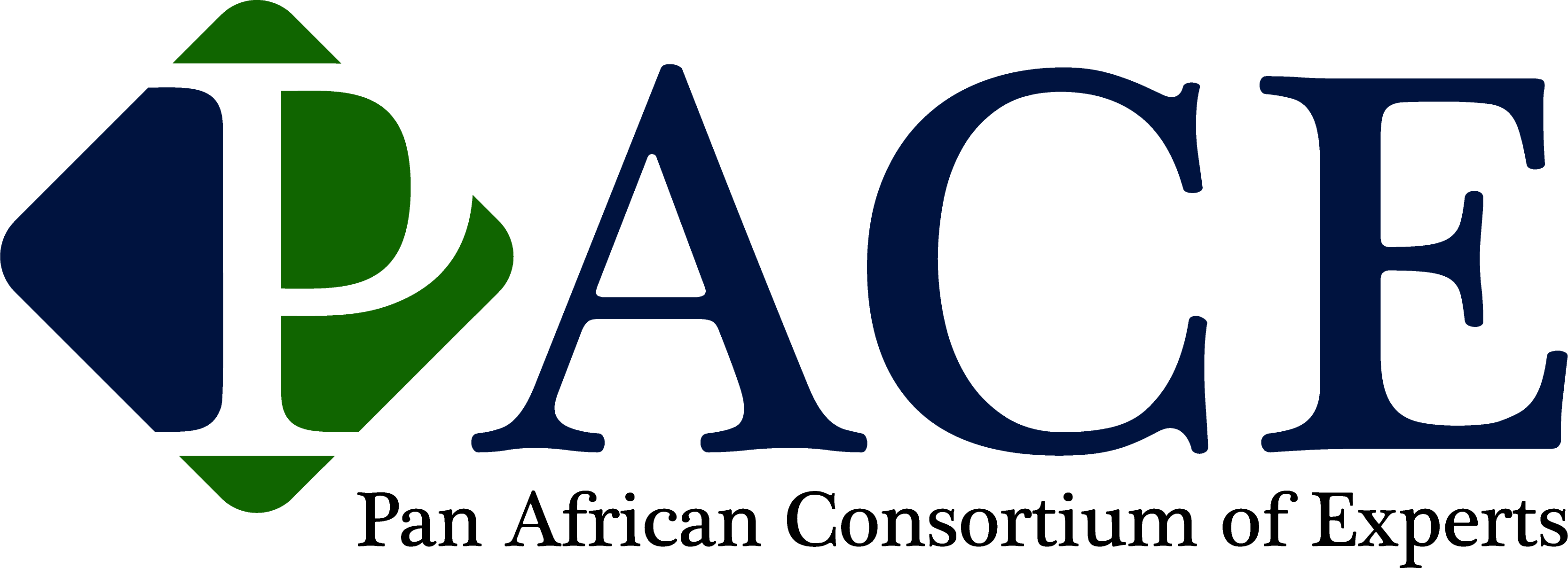
Because you can’t improve what you can’t measure.
At PACE, we examine changes in key indicators since the implementation of projects, programs, and policies, as well as the extent to which these changes can be attributed to interventions and policy. We offer a practical approach to the design, implementation, and interpretation of impact evaluations, from development, process, and plan to operation, budget, and measurement. Measuring in the short, medium, and long term is central to our vision, mission, and approach at PACE.
Our goal is always to share with our technical and financial partners the value of an investment through positive changes in the lives of communities in the short and medium term, in the behavior, awareness, attitudes, or knowledge of the target audience. At PACE, we prioritize specific, observable, and measurable indicators of change that demonstrate progress toward the outcome or impact in comparison communities, as well as implementation costs and savings resulting from the implementation of projects, programs, and policies.
STRATEGY AND ORIENTATION
At PACE, our strategy is to:
- Identify and engage stakeholders throughout the impact evaluation process using both technical and non-technical skills.
- Select the most appropriate impact evaluation model to address the unique context of the intervention and existing data, time, financial, and contextual constraints.
- Design a customized impact evaluation design for the unique context of a development intervention of your choice.
- Develop an operational plan to conduct the impact evaluation.
- Collect, process, and analyze data to assess impact using quantitative and qualitative approaches.
- Use impact evaluation results to inform decision-making and financial, economic, and political analyses.
- Compare the relative impacts of policies with different components.
- Determine the cost-benefit ratio or cost-effectiveness of an intervention or policy.
OUR APPROACH: Institutionalizing impact evaluation
At PACE, we are committed to always linking policy to changes in outcomes and impacts for target communities. Organizations’ default mode is to underinvest in the use of evaluation. At PACE, we bring together researchers, evaluation experts, and development practitioners in a collaborative and informative online space.
Was there a change in the outcomes and impacts of interest? Did the project, program, or policy contribute to a change in outcomes and impacts of interest for target communities? Did this policy have any unintended consequences? Did contextual factors influence the level of impact? What was the economic impact of the policy (cost-effectiveness or cost-benefit)? These are the questions that concern our experts in the Impact Evaluation department, with a focus on:
Design of structures and governance mode
Organizational effectiveness
Operations and measurement of indicators
Economic and financial modeling
Promotion and support of advocacy
When will we learn that community trust in our institutions depends on our ability to rigorously evaluate the impact of our projects, programs, and policies? Social instability in the Sahel is simply an expression of a lack of rigorous impact assessment.


